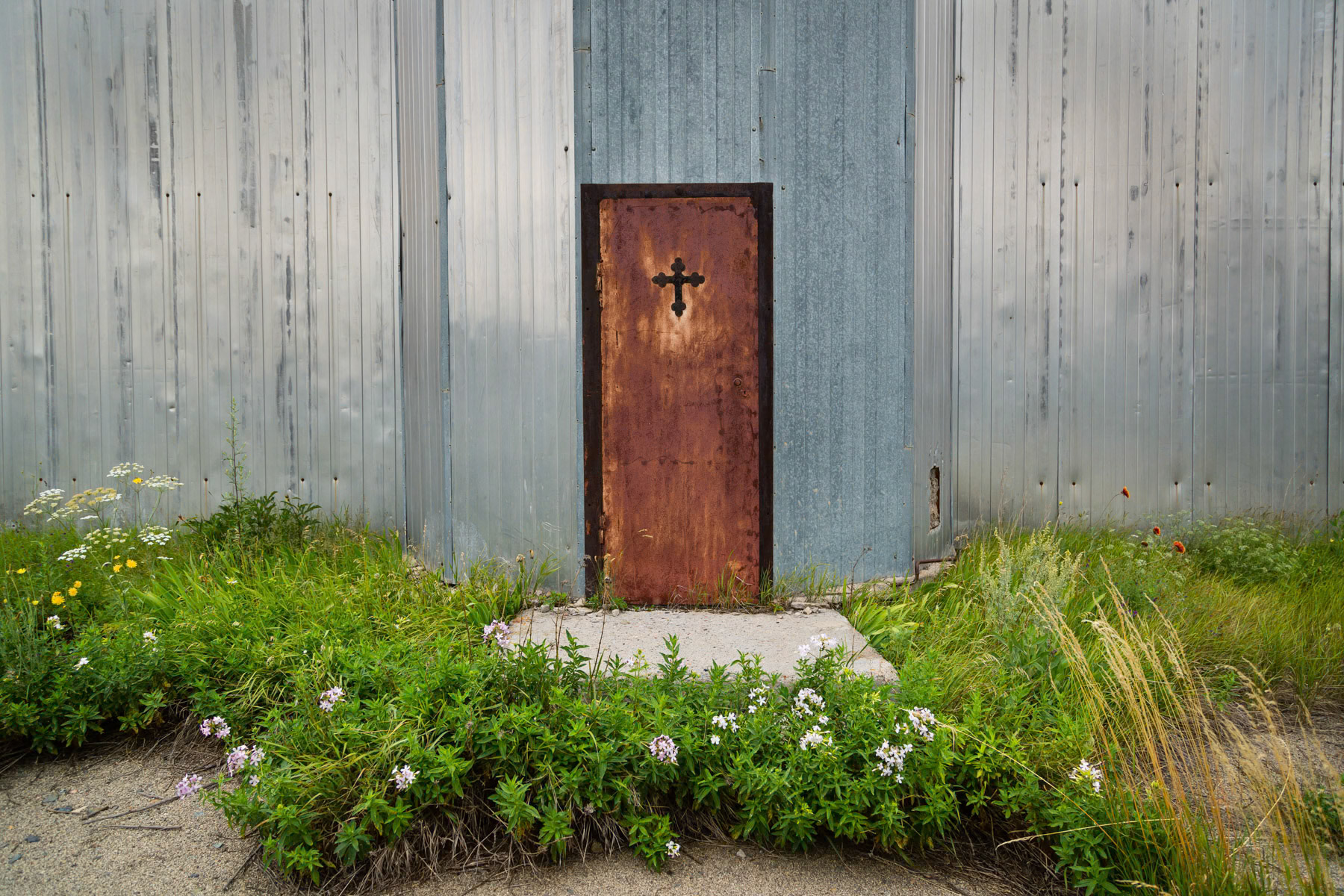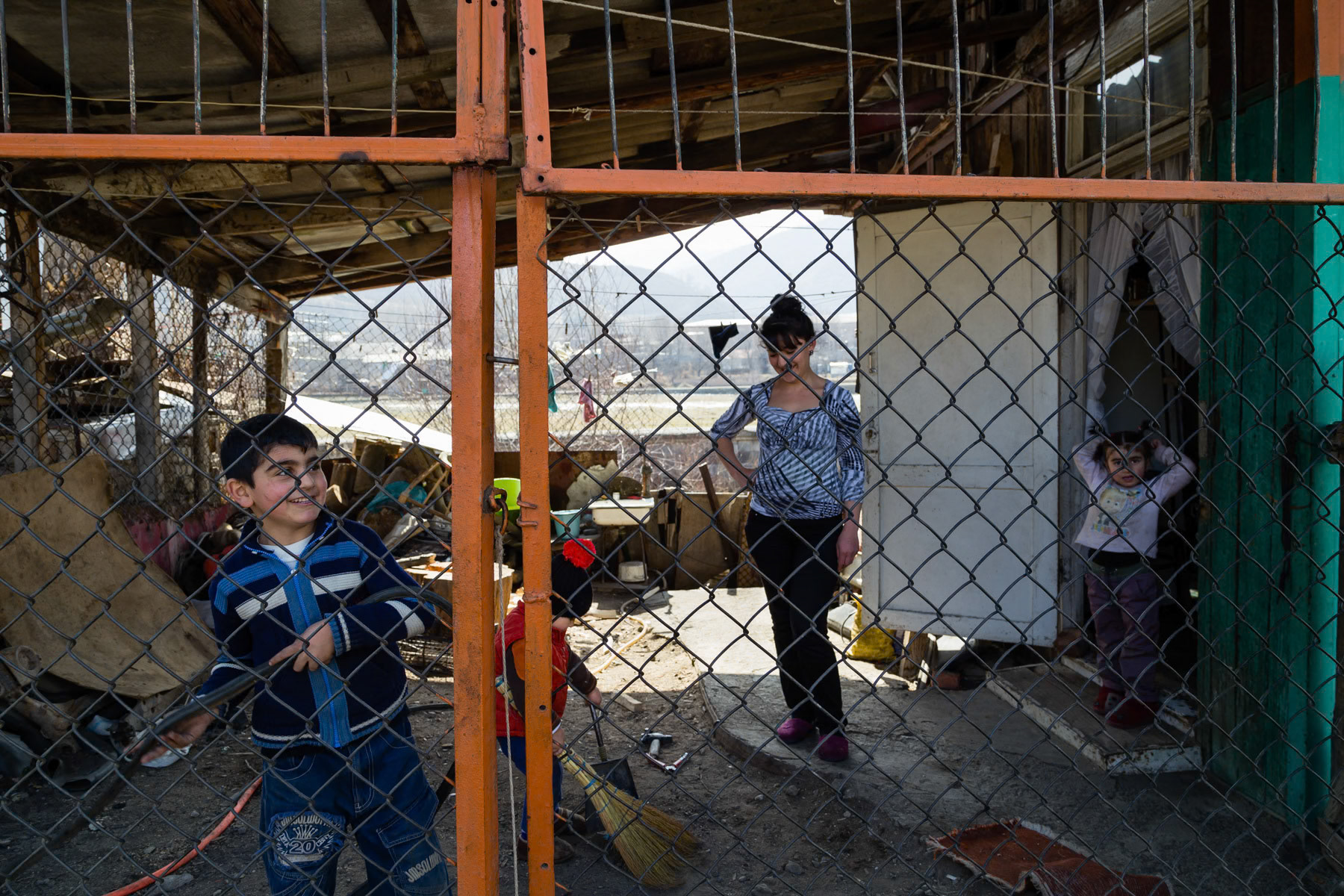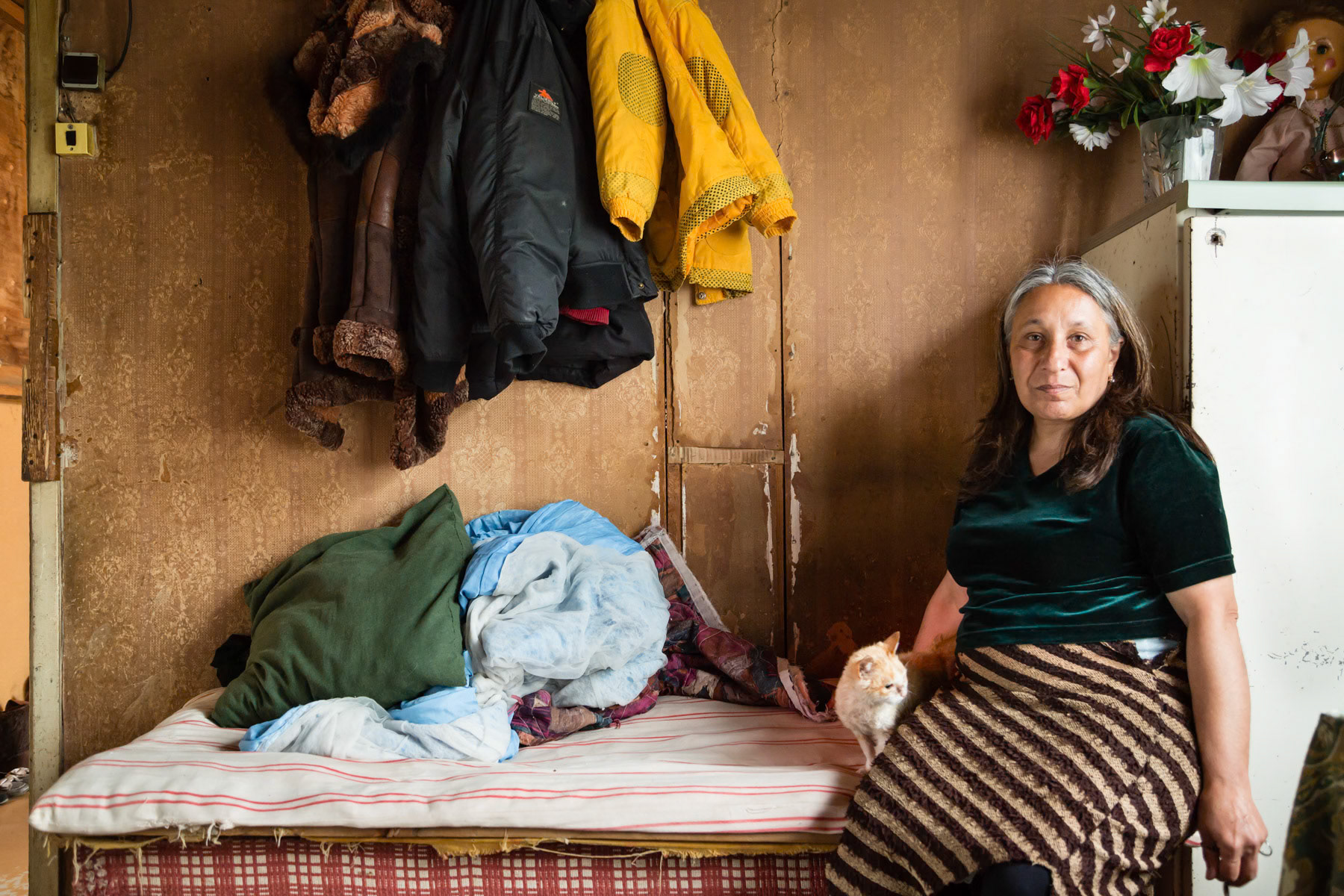Following the devastating 1988 earthquake in Armenia, thousands of families found refuge in domiks, metal containers that were initially intended as temporary emergency shelters. These small, makeshift homes were meant to provide immediate relief after the quake, which claimed over 25,000 lives and left hundreds of thousands homeless. However, 25 years later, these domik settlements have evolved into permanent communities, often referred to as ghettos, as many people continue to live in them despite the passage of time.
The original intent of domiks was to house survivors until more permanent housing could be built. However, the economic hardship and slow reconstruction efforts in the aftermath of the earthquake, compounded by political and financial instability, left many families trapped in these containers. The metal shells, designed for short-term use, became long-term homes. Over the years, residents made alterations to the domiks, adding insulation, electricity, and rudimentary plumbing to make them livable. Yet, the basic structure of the domiks remains inadequate for the harsh winters and scorching summers of the region.
Living in these settlements has become a daily struggle. The lack of infrastructure, including proper roads, sanitation, and healthcare, has left many residents living in poverty. Moreover, the domik settlements have become symbols of social marginalization, as the government’s failure to deliver promised housing solutions has perpetuated the sense of neglect. Despite these hardships, communities within the domiks have created strong social networks, with neighbors supporting each other in the face of adversity.

Domik encampment, Vanadzor, Armenia, July 2014

Children playing ball in Garadok domik settlement in Vanadzor, Armenia, July 2014

Resident of the domiks neighborhood of Vanadzor, locally known as "Bangladesh", Armenia, March 2014

Domik in Garadok neighbourhood of Vanadzor, Armenia, July 2014

A domik consists usually of 2 small rooms, one used as makeshift kitchen and the other as both living and bedroom, Vanadzor, Armenia, March 2014

A domik or metal container ,set up in the aftermath of the terrible 1988 earthquake that struck the region. Domik settlement of Vanadzor, Armenia, March 2014

Resident of Garadok, a domik settlement built shortly after the earthquake of 1988 by the Soviet Republic of Ukraine. Vanadzor, Armenia, July 2014

Domiks are made of thin iron sheets, being very hot in summer and cold in winter, Vanadzor, Armenia, March 2014

Kitchen corner, domik settlement in Vanadzor, Armenia, March 2014

A domik or metal container ,set up in the aftermath of the terrible 1988 earthquake that struck the region. Scrap metal is used as additional layers on the containers, Vanadzor, Armenia, March 2014

Front yard, Vanadzor, Armenia, March 2014

Originally set up as temporary shelters, domik settlements have twenty five year later evolved into permanent ghettos, Vanadzor, Armenia, March 2014

Temporary church built at the epicentre of the 1988 eartquake in Spitak, Lori region, Armenia, July 2014

Interior of a domik, Vanadzor, Armenia, March 2014

Domik settlement in Vanadzor, Armenia, March 2014

Living in a temporary structure in wood for the past twenty-five years, Garadok domik settlement in Vanadzor, July 2014

Built entirely in wood,with support form Ukraine, the domiks are still inhabited 25 years later. The "Ukranian" domik settlement in Vanadzor, Armenia, July 2014

Original domik without annexes, Vanadzor, Armenia, March 2014

Domik settlement on the outskirts of Vanadzor, Armenia, March 2014

Buzum domik neighbourhood is different of other domik settlements, here the majority of residents want to remain rather than moving away. Originally built by Bulgaria in the aftermath of the 1988 earthquake, the domiks are of better quality and constructed on foundations. Vanadzor, Armenia, July 2014

Wooden Domik in Garadok settlement, Vanadzor, Armenia, July 2014

As time stopped on 7 December 1988, day of the devastating earthquake. Domik settlement in Gyumri, Armenia, July 2014

Container domik in 'Bangladesh' neighbourhood, Vanadzor, Armenia, July 2014

A domik or temporary housing set up after the 1988 earthquake and still inhabited 25 years later. Several hundreds families are waiting to be re-settled in appropriate accomodation, in Vanadzor alone. Vanadzor, Armennia, July 2014

Children playing in their yard, domik settlement in Vanadzor, Armenia, July 2014










